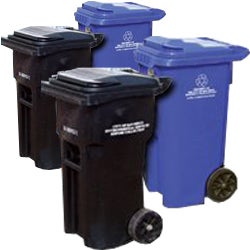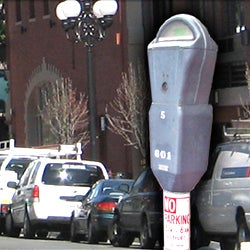Home Fire Escape Planning
Your ability to get out depends on advance warning from smoke alarms and advance planning.
- Pull together everyone in your household and make a plan. Walk through your home and inspect all possible exits and escape routes. Households with children should consider drawing a floor plan of your home, marking two ways out of each room, including windows and doors.
- Mark the location of each smoke alarm.
- Have at least one smoke alarm on every level of your home.
- Check that sure the escape routes are clear and doors and windows can be opened easily.
- Choose an outside meeting place (a neighbor's house, a light post, mailbox, or stop sign) a safe distance in front of your home where everyone can meet after they've escaped. Make sure to mark the location of the meeting place on your escape plan.
- Be sure your street number is clearly visible from the road. If not, paint it on the curb or install house numbers to ensure that emergency personnel can find your home.
- If there are infants, older adults or family members with mobility limitations make sure someone is assigned to assist them. Assign a backup person too.
- If windows or doors in your home have security bars, make sure that the bars have quick-release mechanisms inside so that they can be opened immediately in an emergency. Quick-release mechanisms won't compromise your security - but they will increase your chances of safely escaping a home fire.
- Tell guests or visitors to your home about your family's fire escape plan.
- Be fully prepared for a real fire: when a smoke alarm sounds, get out immediately.
- Once you're out, stay out! Under no circumstances should you ever go back into a burning building. If someone is missing, inform the fire department dispatcher when you call. Firefighters have the skills and equipment to perform rescues.
Download our free home exit drill information sheet.(PDF)























